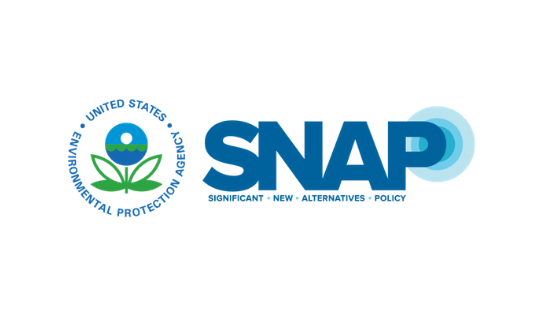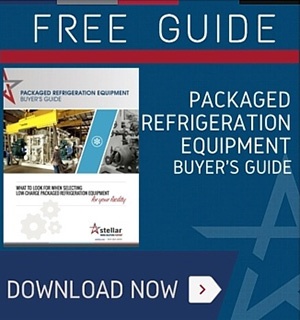When the Environmental Protection Agency (EPA) announced they were going to phase out hydrofluorocarbon (HFC) refrigerants in 2015, many in the industry began preparing for the coming changes. The new proposed regulations under Section 612 of the Clean Air Act, known as SNAP Rule 20, established a schedule to phase out common HFC refrigerants such as R-22, R-124 and R-507.
However, when major chemical companies challenged the EPA in federal court in 2017, a judge ruled the EPA didn’t have the authority to mandate the changes. Attempts to appeal the court’s decision failed, and the EPA acknowledged they will not enforce the rule.
However, just because the rule was overturned at the federal level doesn’t mean you’re in the clear if you use these refrigerants.
States that are already taking action on HFC regulation
Despite the lack of federal enforcement, some states have taken regulation into their own hands.
In September 2018, California became the first to act with the California Cooling Act (CCA), which reinstated the HFC reduction targets from SNAP Rule 20 and authorized financial incentives for low-global warming potential (GWP) refrigeration systems that include natural refrigerants.
Since then, Connecticut, Maryland, New York and Washington state have followed suit, announcing plans for statewide phase-outs of HFCs. And just last month, Vermont became the latest state to pass legislation.
So what does that mean if you operate a refrigerated facility in one of those six states? You’re basically taking a gamble if you’re using or continue to invest in a system that utilizes a refrigerant on the phase-out list.
Which states could be next to regulate HFCs?
After President Donald Trump announced that he had decided to withdraw the U.S. from the Paris Agreement in 2017, several governors formed the U.S. Climate Alliance. The bipartisan coalition of states is committed to upholding the objectives of the Paris Agreement on climate change within their borders.
While these member states haven’t necessarily announced adoption of SNAP Rule 20 regulations, they are the next most likely to do so given the stance their governors have taken as part of the Alliance.
In addition to the six states that have already taken action on SNAP Rule 20, the other U.S. Climate Alliance members include:
- Colorado
- Delaware
- Hawaii
- Illinois
- Maine
- Massachusetts
- Michigan
- Minnesota
- Nevada
- New Jersey
- New Mexico
- North Carolina
- Oregon
- Pennsylvania
- Puerto Rico
- Rhode Island
- Virginia
- Wisconsin
In addition, all eyes are on the 2020 presidential election. A change in the administration could signal a shift for the future of refrigerant regulations at a federal level.
Considering that refrigeration equipment is a major investment intended to last decades, these are important factors to keep in mind if you plan on upgrading your system soon.
What are your options?
There are still many facilities using R-22 today, but this refrigerant will be phased out by January 2020. Use of existing R-22 systems will still be permitted; however, should your system develop a leak, you will no longer be able to purchase R-22 refrigerant.
If you’re in this position, one option is to switch from R-22 to a hydrofluoroolefin (HFO) or to an HFO/HFC blend, which have a lower GWP than R-22. However, some states may set GWP limits on refrigerants. California is already considering a 750-GWP limit, and other states could follow suit.
Therefore, investing in a synthetic refrigerant today is ultimately a dice roll: While that system could technically function for decades, its refrigerant could be outlawed much sooner than that, especially if your facility is in one of the states listed above.
The best “future-proof” investment? A natural refrigerant like CO2 or ammonia — which have a GWP of 1 and 0, respectively — is your safest bet.
Some may be hesitant about the safety risks of ammonia and CO2, but the reality is these systems are safer than ever with today’s technology. The key is proper design, construction, commissioning, training and maintenance.
Want to learn more about the best next steps for your facility? Comment below or email me at foodforthought@stellar.net




